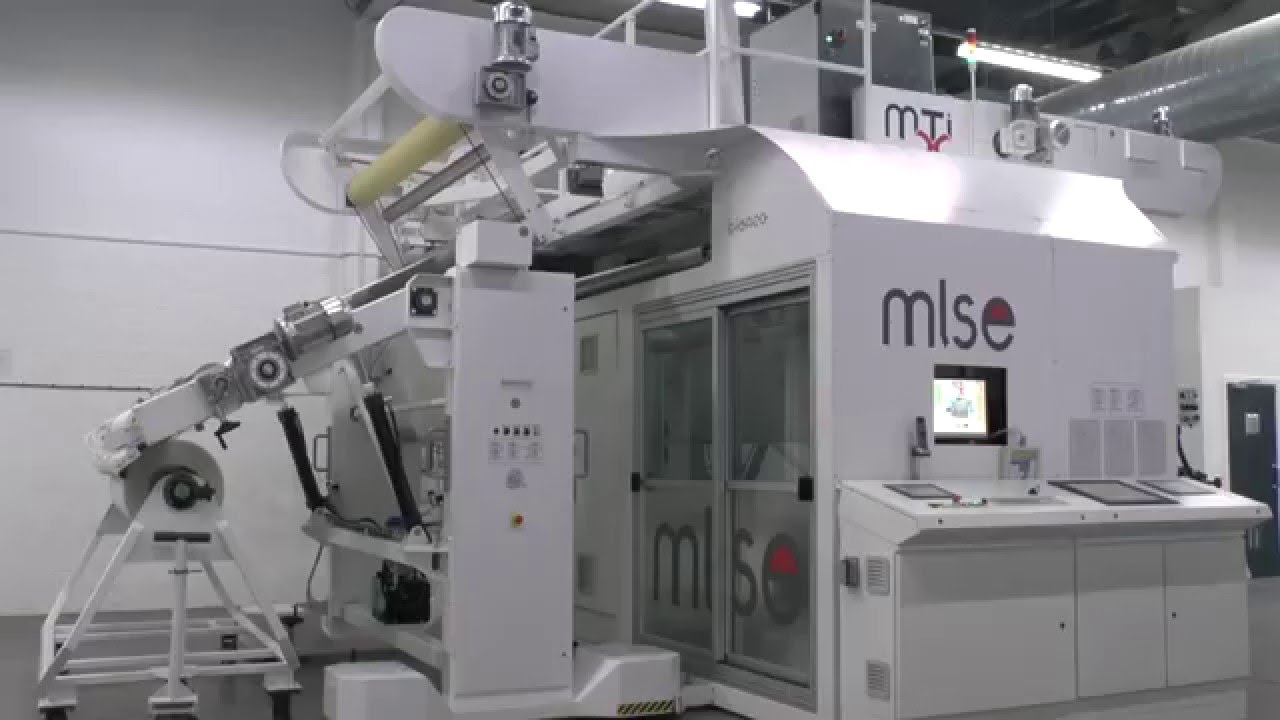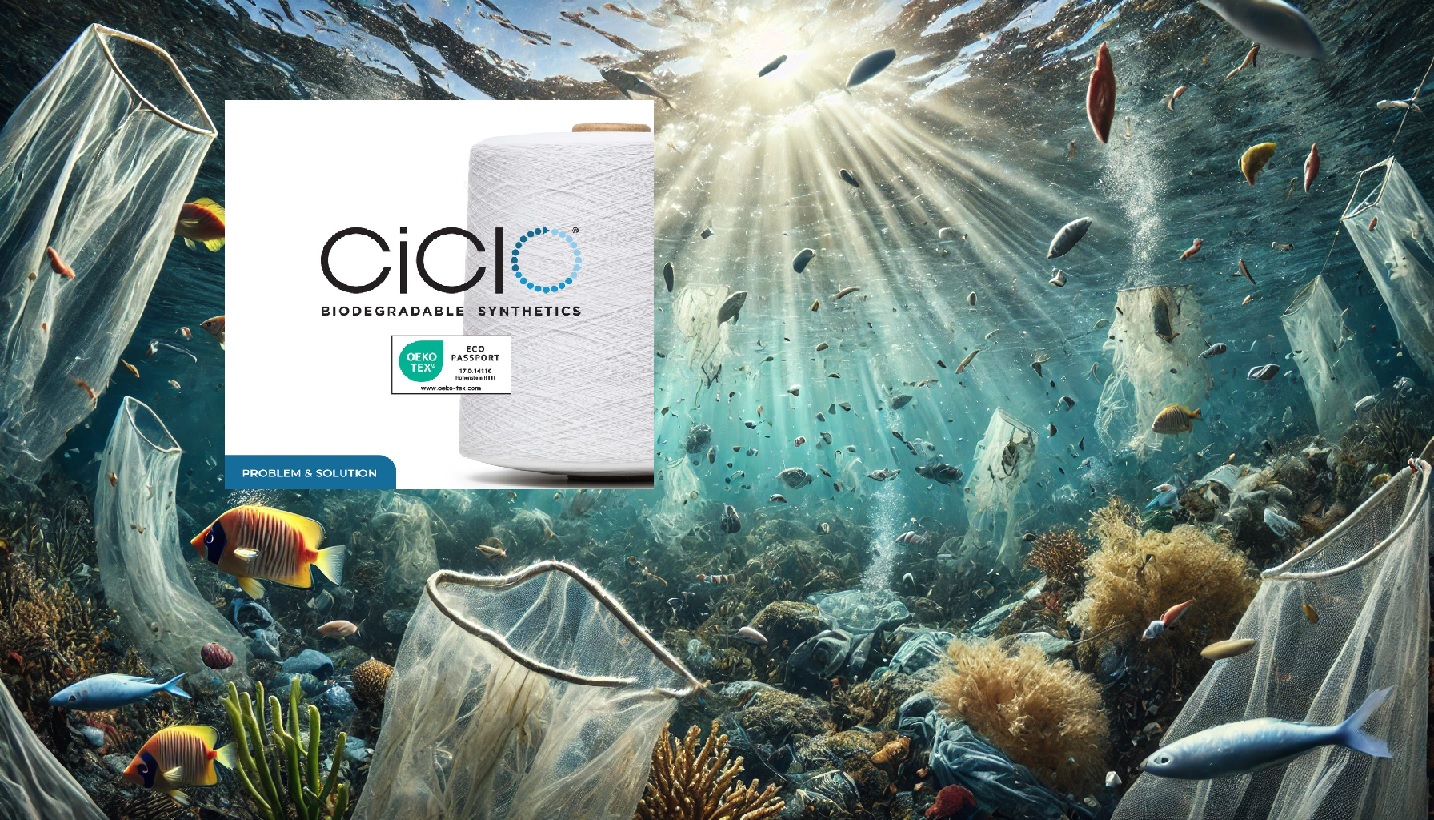Multiplexed Laser Surface Enhancement is a revolutionary sustainable textile finishing technology that can treat fabrics for various functionalities without water, chemicals or waste.
Textiles are essential for our everyday lives, but they also pose significant environmental and social challenges. The textile industry is one of the largest consumers of water and energy, and one of the biggest polluters of water and air. It also uses a lot of harmful chemicals that can affect the health and safety of workers and consumers.
But what if there was a way to treat textiles for various functionalities, such as dyeability, hydrophobicity, fire retardancy and anti-microbial properties, without using any water, chemicals or creating any waste? That’s where Multiplexed Laser Surface Enhancement (MLSE®) comes in. MLSE® is a unique technology that uses a combination of laser and plasma energy to modify the surfaces of fibers within a fabric in a dry process that is fast, efficient and eco-friendly.
In this article, we’ll explain how MLSE® works, what benefits it offers for textile manufacturers and consumers, and how you can get started with this innovative technology.
What is Multiplexed Laser Surface Enhancement?
Multiplexed Laser Surface Enhancement (MLSE®) is a patented technology developed by MTIX Ltd., a UK-based company that specializes in advanced material processing solutions. MLSE® uses a high-powered pulsed ultraviolet laser and a high-frequency electrical discharge plasma to create a high-energy reaction zone at the substrate interface, where material synthesis occurs in and/or on the surface of the fabric.
The MLSE® process can treat both natural and synthetic textiles for a wide variety of functionalities, such as:
- Dyeability and printing enhancements: MLSE® can improve the color uptake and fixation of dyes and pigments on fabrics, resulting in brighter colors, sharper prints and lower temperature dyeing.
- Hydrophilicity: MLSE® can increase the water absorption and wicking properties of fabrics, resulting in improved comfort, breathability and moisture management.
- Hydrophobicity: MLSE® can create water-repellent surfaces on fabrics, resulting in improved stain resistance, durability and performance.
- Fire retardancy: MLSE® can enhance the flame resistance of fabrics, resulting in improved safety and compliance with fire regulations.
- Anti-microbial properties: MLSE® can inhibit the growth of bacteria and fungi on fabrics, resulting in improved hygiene, odor control and health.
The MLSE® process is carried out at atmospheric pressure using safe, inert gases (nitrogen, oxygen, argon and carbon dioxide) and proprietary precursors. It does not require any water or chemicals, nor does it produce any waste or emissions. It is also fast and scalable, capable of treating up to 100 meters per minute of fabric.
What are the benefits of Multiplexed Laser Surface Enhancement?
Multiplexed Laser Surface Enhancement (MLSE®) offers many benefits for textile manufacturers and consumers, such as:
- Environmental benefits: MLSE® eliminates the use of water, chemicals and energy that are normally required for conventional textile treatment methods. It also reduces greenhouse gas emissions and effluent load that contribute to climate change and water pollution. It supports zero discharge sustainability solutions and circular economy principles.
- Economic benefits: MLSE® reduces the operational costs and inventory costs associated with textile treatment methods. It also improves the production efficiency and profitability by increasing the throughput and quality of textile products. It also creates new market opportunities and competitive advantages for textile manufacturers.
- Social benefits: MLSE® improves the health and safety of workers and consumers by avoiding the exposure to harmful chemicals that can cause irritation, allergies or diseases. It also enhances the comfort and performance of textile products by providing various functionalities that meet customer needs and expectations.



